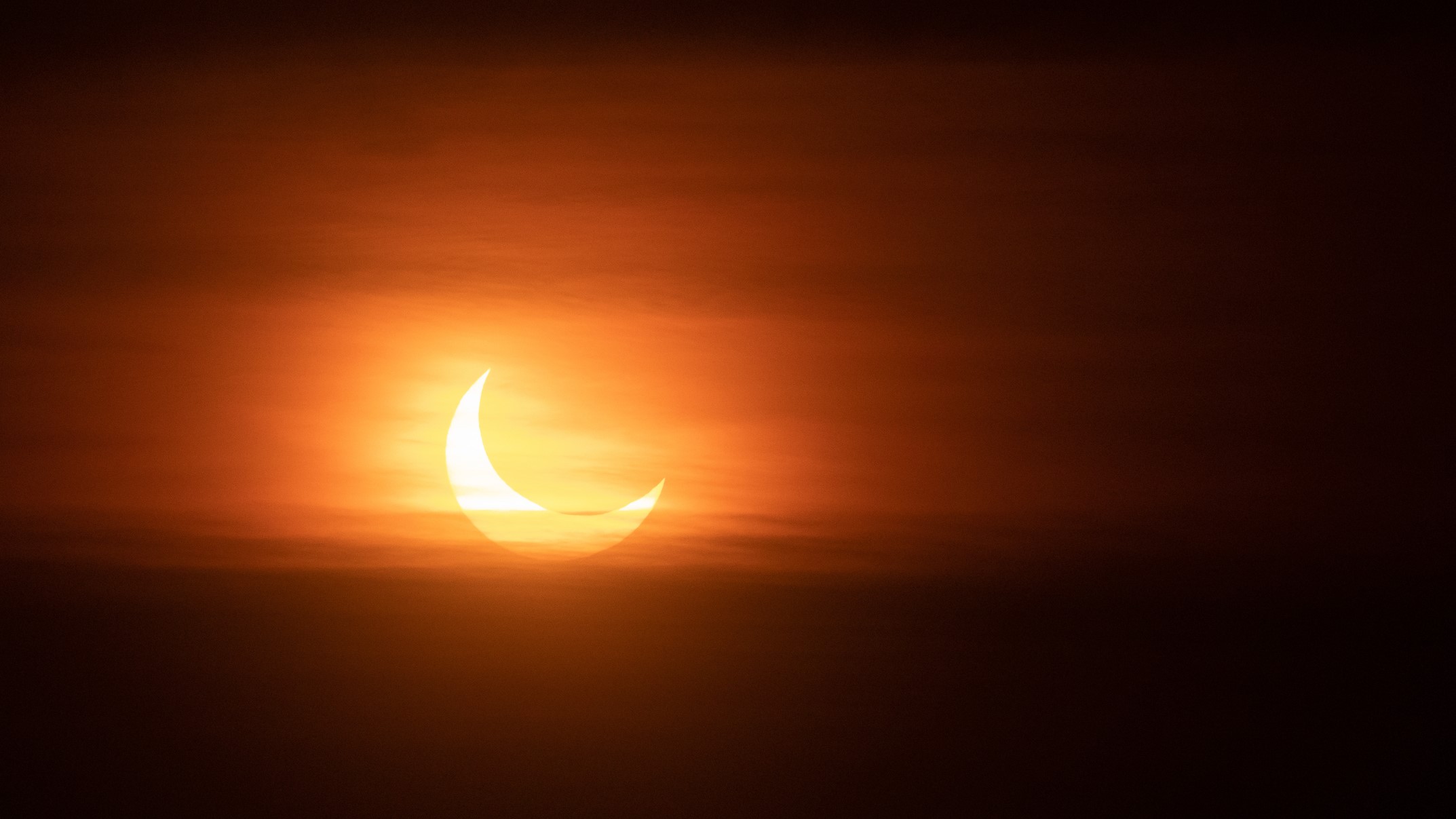Colliding Stars, Stellar Siphoning, and a now a “Blue Lurker.” This Star System has Seen it All
Triple star systems are more common than might be imagined – about one in ten of every Sun-like star is part of a system with two other stars. However, the dynamics of such a system are complex, and understanding the history of how they came to be even more so. Science took a step towards … Continue reading "Colliding Stars, Stellar Siphoning, and a now a “Blue Lurker.” This Star System has Seen it All" The post Colliding Stars, Stellar Siphoning, and a now a “Blue Lurker.” This Star System has Seen it All appeared first on Universe Today.

Triple star systems are more common than might be imagined – about one in ten of every Sun-like star is part of a system with two other stars. However, the dynamics of such a system are complex, and understanding the history of how they came to be even more so. Science took a step towards doing so with a recent paper by Emily Leiner from the Illinois Institute of Technology and her team.
They examined a star called WOCS 14020 in the star cluster M67, which is about 2,800 light years away from Earth. It is currently orbiting a massive white dwarf star with a mass of about .76 times that of the Sun (about 50% heavier than a typical white dwarf). That pairing hints at a much more interesting past.
Dr. Leiner and her team believe that WOCS 14020 was originally part of a triple star system—specifically, that it orbited a binary pair of much larger stars. Around 500 million years ago, the two stars in the binary merged, briefly creating a much more massive star that pushed some of its material onto its third companion star.
Absorbing that material caused WOCS 14020 to start speeding up its spin. It now rotates once every four days, rather than typically once every thirty days, which is common to other Sun-like stars. This faster rotation feature is key to Dr. Leiner and her team’s classification of the star – a “blue lurker.”
To understand what that classification means, we must first understand another type of star, the blue straggler. Blue stragglers are stars that also have gained mass from another star and appear hotter, brighter, and “bluer” than they would be expected to be given their age. In this case, all three features are directly tied together, as a hotter star is more likely to be brighter and would give off more light in the blue part of the visible spectrum, though it would still appear almost exactly like the Sun to the naked eye.
Blue lurkers are a sub-set of blue stragglers – they also gained mass from a star, but they spin faster instead of being hotter and brighter. This makes this difficult to distinguish in a cluster like M67, as they blend in better with the other surrounding stars, hence the name “lurker.” However, they are relatively rare – out of the 400 main sequence stars in M67, only around 11 are estimated to be “blue lurkers.” That puts the total, even in a space as congested as M67, at only around 3% of stars. Blue lurkers likely make up less than 1% of the general population.
Credit – Cosmos:elementary YouTube Channel
Since their evolutionary histories are likely to advance our understanding of the dynamics of the systems that created them, astronomers will spend more time analyzing these blue lurkers when they find them. Unique cases like WOCS 14020, where astronomers have a pretty good idea of the system’s evolutionary history, are instrumental in that regard, and the paper, which was presented at the ongoing 245th American Astronomical Society meeting, was a step towards that greater understanding.
Learn More:
STScI – NASA’s Hubble Tracks Down a ‘Blue Lurker’ Among Stars
Leiner et al – The Blue Lurker WOCS 14020 : A Long-Period Post-Common-Envelope Binary in M67 Originating from a Mergerina Triple System
UT – Blue Straggler Stars are Weird
UT – A Rare Opportunity to Watch a Blue Straggler Forming
The post Colliding Stars, Stellar Siphoning, and a now a “Blue Lurker.” This Star System has Seen it All appeared first on Universe Today.
What's Your Reaction?








































